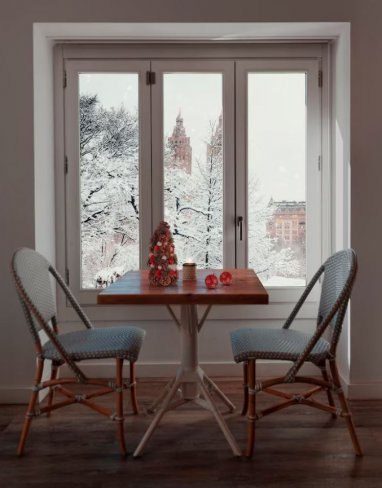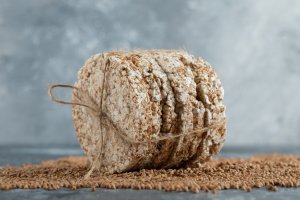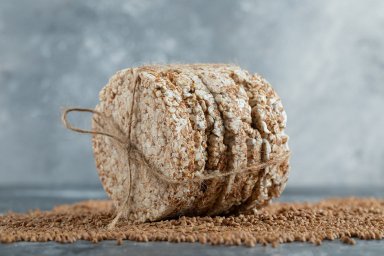Fresh air indoors is a key factor in preventing respiratory diseases. However, many of us, even regularly ventilating the premises, do it incorrectly. Let's look at the main mistakes and learn how to ventilate effectively.
Problem №1: Infrequent ventilation
In winter, the air in apartments is especially susceptible to stagnation. Operating heating, household activities and limited ventilation create ideal conditions for the reproduction of pathogenic microorganisms. Experts recommend opening windows at least 4 times a day for 10-15 minutes, rather than limiting yourself to a couple of minutes of ventilation.
Problem №2: Abuse of micro-ventilation
Opening windows slightly is not the best choice for winter. This mode creates a slow air exchange, which leads to unnecessary heat loss and the risk of mold formation on the windows. The best solution is short but intensive ventilation with the windows fully open.
Problem №3: Incorrect furniture arrangement
Even regular ventilation may be ineffective if the furniture is pushed close to the walls. For good air circulation, it is necessary to leave a gap between the wall and the interior items.
Problem №4: Refusal to ventilate in bad weather
It is a common misconception that airing out during precipitation increases indoor humidity. In fact, winter air, even during snowfall, is significantly drier than indoor air. Therefore, you should not skip airing out due to weather conditions.
Problem №5: Ignoring fogged up windows
The appearance of condensation on the windows is a sure sign of a violation of air exchange in the room. This is a signal that it is necessary to reconsider the ventilation mode.
Problem № 6: Immediate switching on of the heater
After airing, it is important to let the room naturally recover its temperature. Turning on the heater immediately after closing the windows will neutralize the effect of airing. It is better to put on warm clothes and wait a few minutes - the temperature will normalize naturally.
By following these recommendations, you can maintain a healthy indoor climate even on the coldest days, while avoiding unnecessary heating costs and preventing mold.
Resource: www.vgoroden.ru













